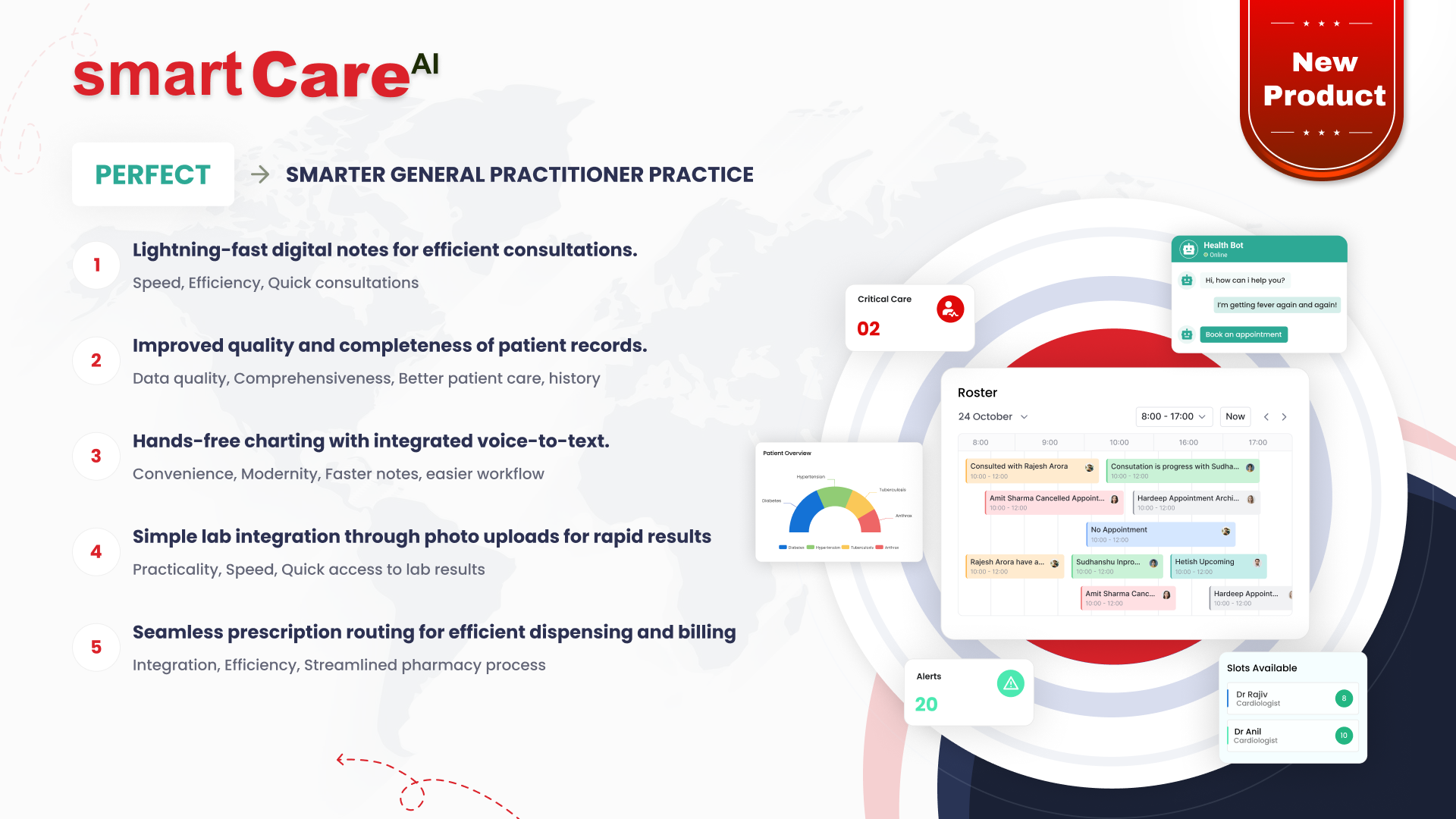Posted On June 10, 2025
Microservices vs. Monolith: Which Architecture Should You Choose?
When we start a new software project, choosing one of the first and most important decision is the right architecture for the success.
There are two common type of architectures these days: Monolithic Architecture and Microservices Architecture. Both have their benefits and drawbacks.
Monolithic applications typically consist of a client-side UI, a database, and a server-side application. Developers build all of these modules on a single code base.
Microservices Architecture- It is a distributed architecture where each microservice works to accomplish a single feature or business logic. Instead of exchanging data within the same code base, microservices communicate with an API.
Key differences between monolithic vs. microservices
- Design and Development process:Monolithic applications : When an application is built with one code base, it is easier to develop. You can get started and keep adding code modules as needed. However, the application can become complex and challenging to update or change over time.
A microservice architecture requires more planning before starting any project. Developers must identify different parts of the system that can work independently and plan consistent APIs. However, this planning take time in the beginning, but later it makes maintaining the code much easier. You can make changes and find bugs faster. Code reusability also increases over time.
- DeploymentDeployment of the monolithic applications is more straightforward than deploying microservices. Developers install the entire application code base and dependencies in a single environment.
On the other hand, the deployment of microservice-based applications is more complex, each microservice is a separate software unit that needs to be deployed on its own. Developers usually put each microservice into a container before deploying them. Containers package the code and related dependencies of the microservice for platform independence.
- Debugging:In Monolithic Architecture, Debugging is easier as all code located in one place, it’s easier to follow a request and find an issue. But in microservice architecture, it is harder because the developer has to check many small, separate services that are connected loosely.
- Modifications: In Monolithic application, a small change in one part can affects many other functions because everything is tightly coupled. When developers do any new changes, they must retest and redeploy the entire system on the server.
On the other hand, You can modify individual microservices without impacting the entire application.
- ScalingIn monolithic architecture contains all functionalities within one single codebase, so when the need increases, the whole application has to be scaled.
On the other hand, microservices architecture supports distributed systems. You can scale individual microservices as required, which saves overall scaling costs.
- Investment:In Monolithic architecture, require low upfront investment at the cost of increased ongoing and maintenance efforts.
In Microservice architecture require additional time and cost investment to set up the required infrastructure and build team competency. However, long-term cost savings, maintenance, and adaptability.
When to use monolithic vs. microservices architecture
Both monolithic and microservices architecture help us to build applications with different approaches. When you decide between developing a microservices or monolithic architecture, you can consider the following factors.
- Application size- The monolithic approach is better when we are designing a simple application or prototype. As it use a single code base and framework, developers can build the software without integrating multiple services. Microservice applications may require substantial time and design effort, which doesn’t justify the cost and benefit of very small projects. Meanwhile, microservices architecture is better for building a complex system.
- Team competencyDoing development using microservices requires a different knowledge set and design thinking. Unlike monolithic applications, microservices development requires an understanding of cloud architecture, APIs, containerization, and other expertise specific to modern cloud applications. Also, troubleshooting microservices can be difficult for developers new to the distributed architecture.
- InfrastructureA monolithic application can runs on a single server, but microservices applications work better in cloud environment.
You need the right infrastructure in place before you can start with microservices. You require more effort to set up the tools and workflow for microservices, but microservices are better for big and scalable applications.
Which Architecture should we Choose
If the project is small or medium in size, and we want to build an MVP or prototype quickly with a small team, also we want to launch application quickly than monolith is a good choice.
In the case of Microservices: If the app has many features, has grown large, multiple teams are working in parallel, and we are expecting high user traffic and needs to be scale, microservices are a better fit.
Many projects begin with a monolithic structure and slowly move to microservices when their application grows. This is called the “evolutionary architecture”. Below approach you can do it:
- If you have single codebase, keep your features separate.
- Identify services: As applo=ication grows, split independent modules into services.
- We should use API gateways and logging tools to manage and track service communication.
- We should automate deployment for easier management of multiple services.
Conclusion
The right choice of choosing architecture depends on business needs, team size, and long-term plans. Monoliths are easier and faster for early stages, while microservices offer more flexibility and scalability for large, complex applications.
We should start with a simple design
Also, we should keep code clean and modular
We can also switch to microservices when your app demands it.








